Drive Profitable Growth with Restaurant Sales Forecasting Software
Turn Sales Forecasts into Stronger Margins
Restaurant Forecasting Software That Drives Results
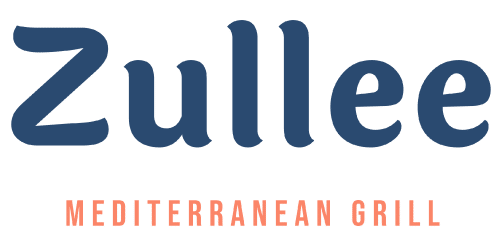

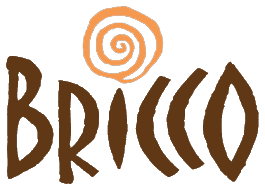

Profitable Schedules Backed by Accurate Restaurant Sales Forecasts
- View sales forecasts by week, day, hour, 30- or 15-minute intervals for complete visibility
- Reduce labor costs by aligning staffing with forecasted demand
- Stagger shifts and dayparts to improve efficiency and guest service
- Save hours each week by creating effective schedules with less work
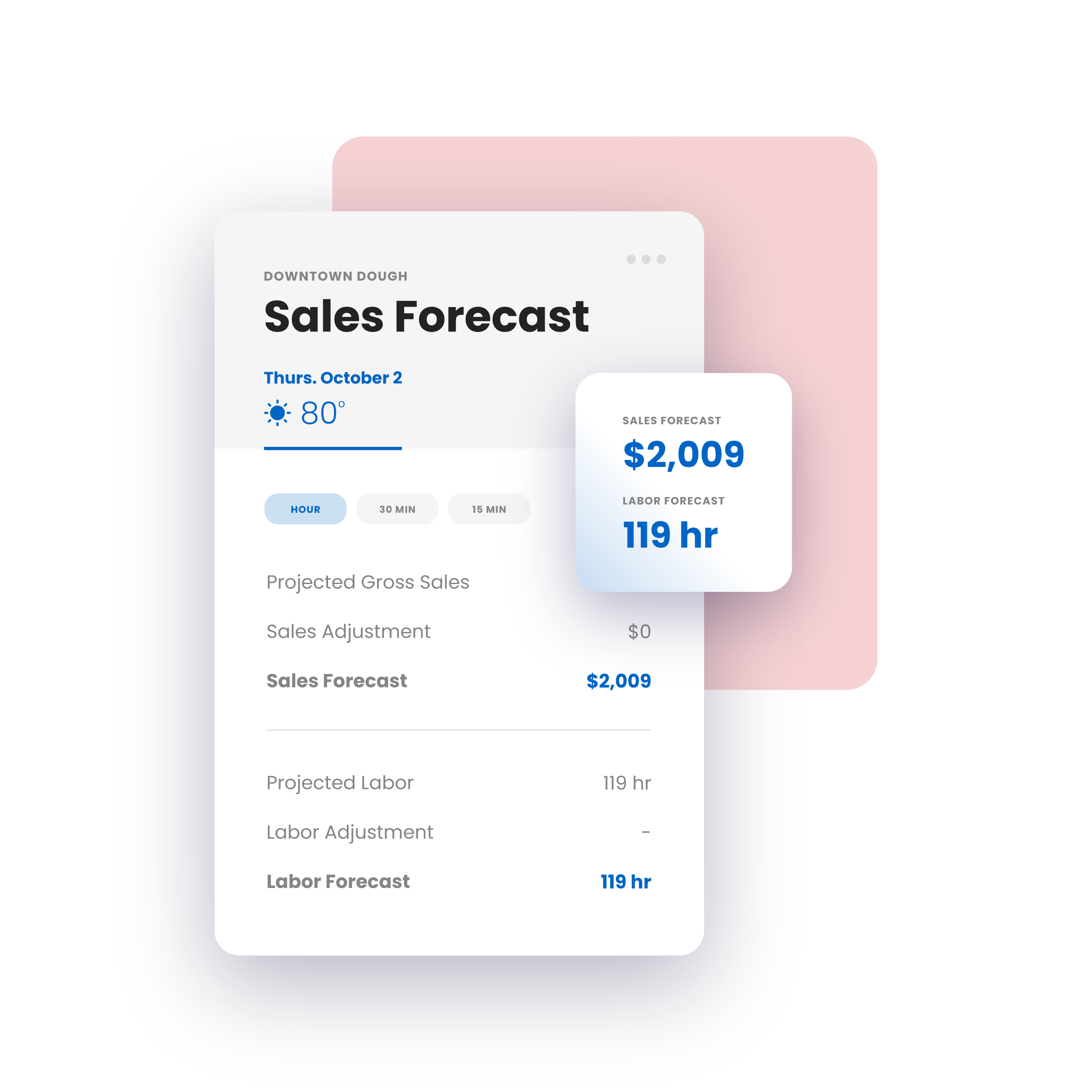
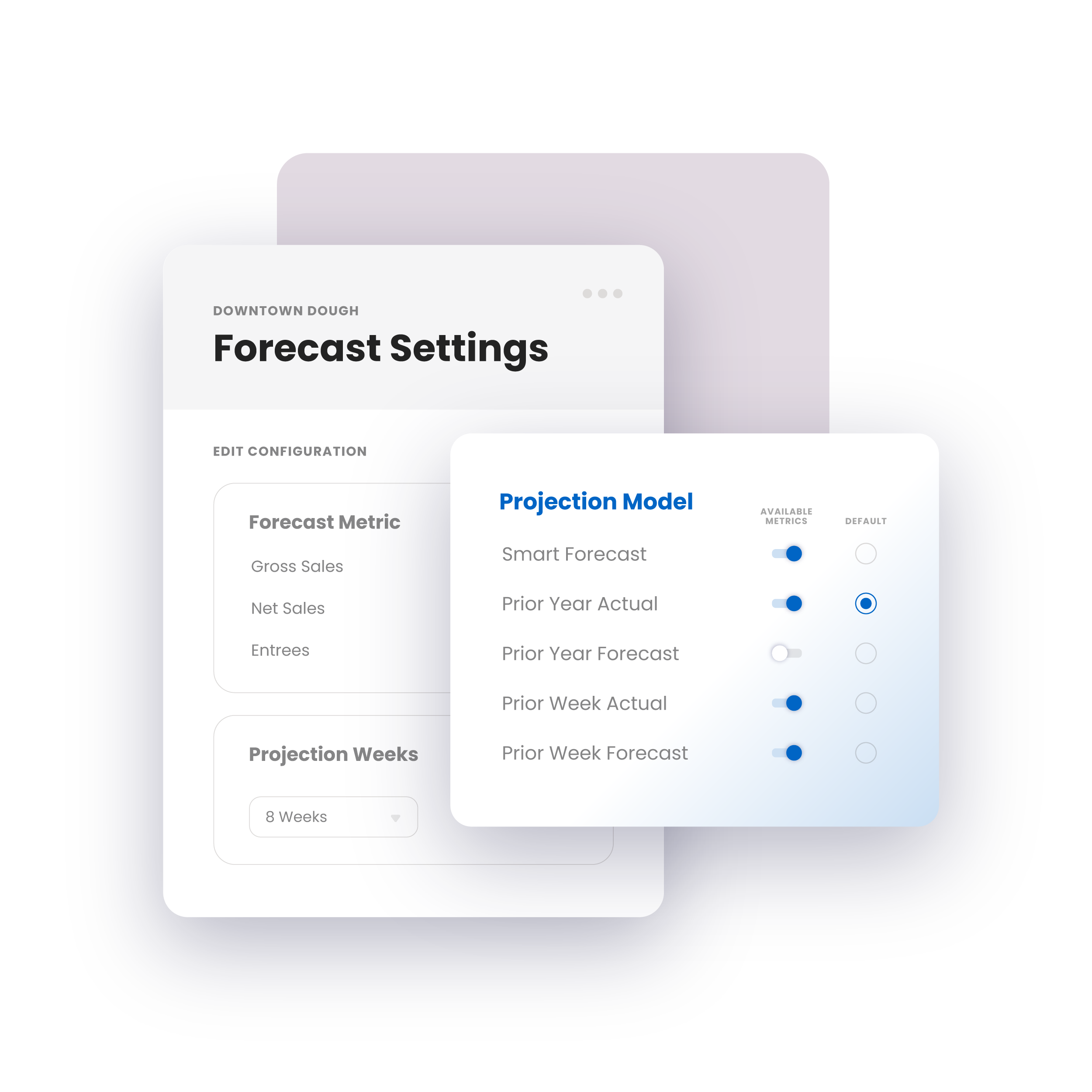
Smarter Restaurant Forecasting That Drives Stronger Results
- Configure forecasting defaults quickly to standardize best practices across locations
- Fine-tune projection models to improve accuracy and profitability
- Enable user-based editing to keep teams agile and accountable
- Maintain steady, data-driven control that supports growth and efficiency
Precise Restaurant Financial Planning with Transparent Tracking
- Track manual adjustments with full transparency for better accountability
- Compare projection models quickly to sharpen forecasting precision
- Surface key forecast numbers where managers make critical decisions
- Exclude historical anomalies effortlessly to keep projections reliable
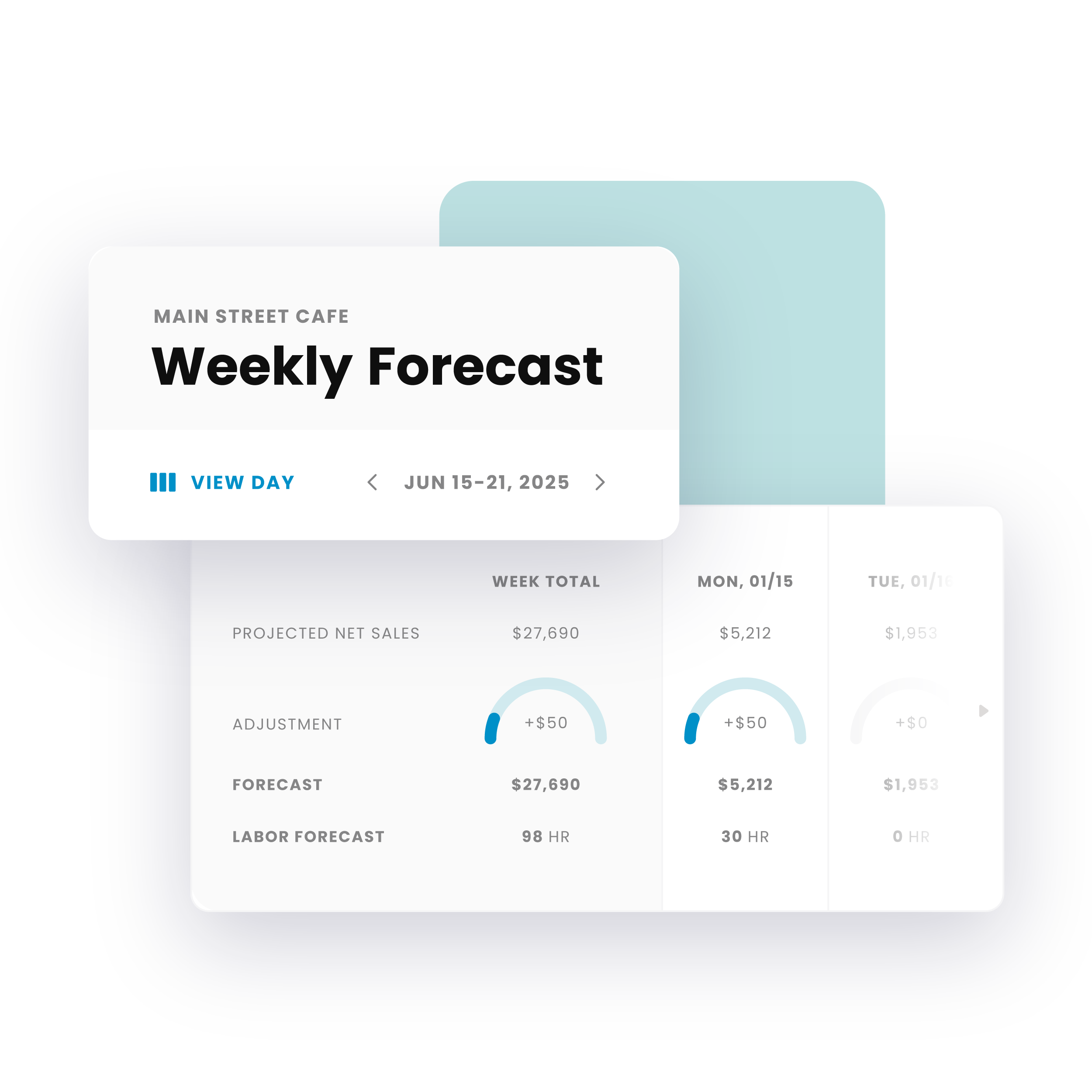
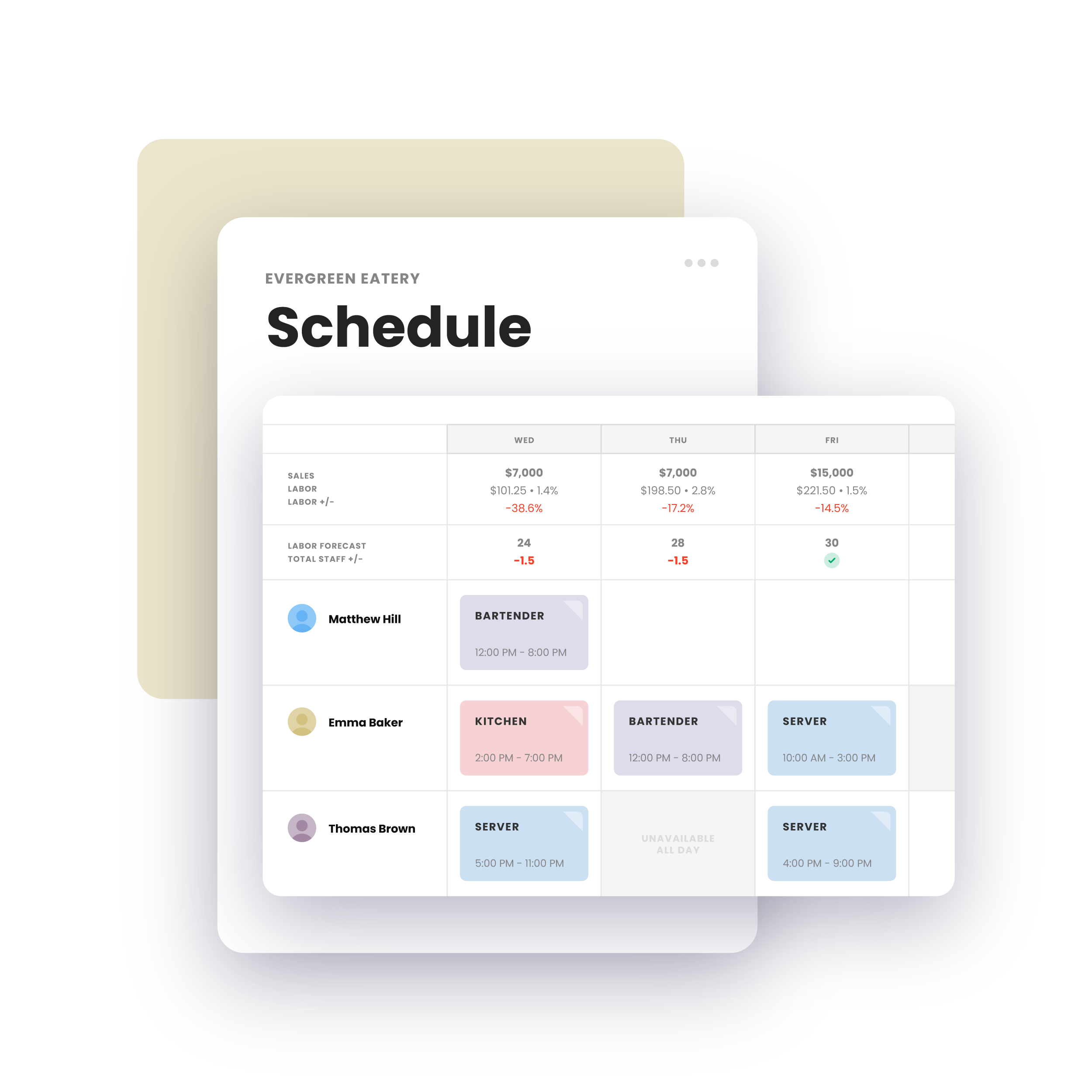
Optimized Labor Costs with Accurate, Detailed Forecasts
- Use scheduling guides to build profitable, demand-driven schedules
- Compare actual vs. scheduled labor to eliminate costly inefficiencies
- Schedule in precise 15-minute intervals to align staffing with sales patterns
- Reduce labor spend while improving team performance and guest satisfaction
Gary Thomas, VP of Operations
GPS Hospitality, 500+ Unit Multi-Concept, Burger King Operator
Drive Profits with Smarter Restaurant Sales Forecasting
Restaurant Forecasting RESOURCES
Helpful Resources for Smarter Forecasting at Your Restaurant
Explore guides and tools to forecast sales with confidence, align staffing to demand, control labor costs, and drive stronger results every shift.
FAQ
Sales forecasting is the foundation of smarter planning in restaurants. From predicting labor needs to managing food costs, even small errors can cut into margins. This FAQ answers common questions about using forecasts to control costs, prepare for demand, and keep operations running smoothly.
How does R365 create sales forecasts?
R365 combines your historical sales data with trends like seasonality, day-of-week patterns, and business rules you set. This produces accurate forecasts that help plan labor, purchasing, and scheduling.
Can sales forecasts adjust for unexpected changes?
Yes. R365 allows managers to update forecasts in real time to account for events, promotions, or sudden shifts in demand. These adjustments automatically flow into labor and inventory planning.
Does forecasting connect with labor scheduling?
Absolutely. Forecasted sales are tied directly to labor planning, helping managers staff each shift accurately. This reduces overtime costs and prevents understaffing during busy hours.
How does forecasting impact food and beverage purchasing?
By knowing expected sales, operators can order the right amount of product, reducing waste and avoiding stockouts. Forecasts help balance food costs while maintaining guest satisfaction.
Can multi-location operators use forecasting across all stores?
Yes. Corporate leaders can view sales forecasts by location, region, or across the entire organization. This makes it easier to spot trends, compare performance, and create more consistent budgets.